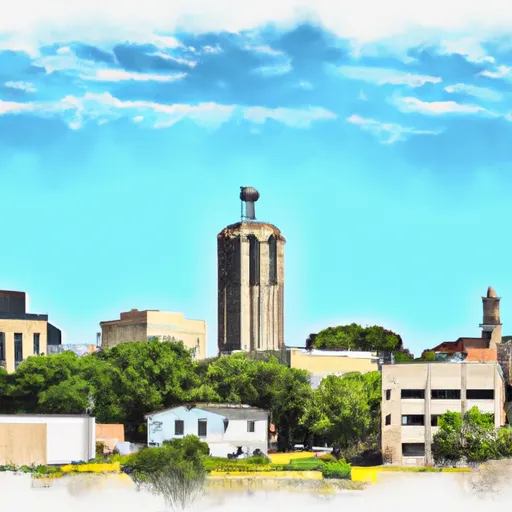°F
°F
mph
Windspeed
%
Humidity











Tripoli, Iowa, located in Bremer County, offers a pleasant climate with four distinct seasons. Summers are warm and humid, with average temperatures ranging from 70°F to 85°F. Winters are cold, with average temperatures around 15°F, and snowfall is common. Spring and fall offer mild temperatures and colorful foliage.
The town of Tripoli is situated near the Wapsipinicon River, which provides hydrological benefits to the area. The river brings water for recreational activities such as fishing, boating, and kayaking. It also supports diverse aquatic ecosystems and provides a scenic backdrop for outdoor enthusiasts.
In addition to the river, Tripoli boasts several outdoor recreation opportunities. The community maintains parks and trails, offering spaces for walking, hiking, and biking. The nearby Wapsipinicon Country Club provides a beautiful golf course for golf enthusiasts. The area's natural surroundings and wildlife make it an ideal destination for camping, picnicking, and wildlife observation.
Overall, Tripoli, Iowa, offers a favorable climate with diverse outdoor recreation opportunities, thanks to its proximity to the Wapsipinicon River and various parks and trails.
Weather Forecast
Tripoli receives approximately 932mm of rain per year, with humidity levels near 83% and air temperatures averaging around 8°C. Tripoli has a plant hardyness factor of 5, meaning plants and agriculture in this region thrive during a short period during spring and early summer. Most plants will die off during the colder winter months.
Regional Streamflow Levels
62
Cubic Feet Per Second
4
Cubic Feet Per Second
135
Cubic Feet Per Second
193
Cubic Feet Per Second
Nearby Camping
| Camping Area | Reservations | Toilets | Showers |
|---|---|---|---|
| Binder Park | |||
| Roubidoux Springs | |||
| McGowen Rec Area | |||
| Dry Fork | |||
| Piney River Military - Fort Leonard Wood | |||
| Pine Ridge |



